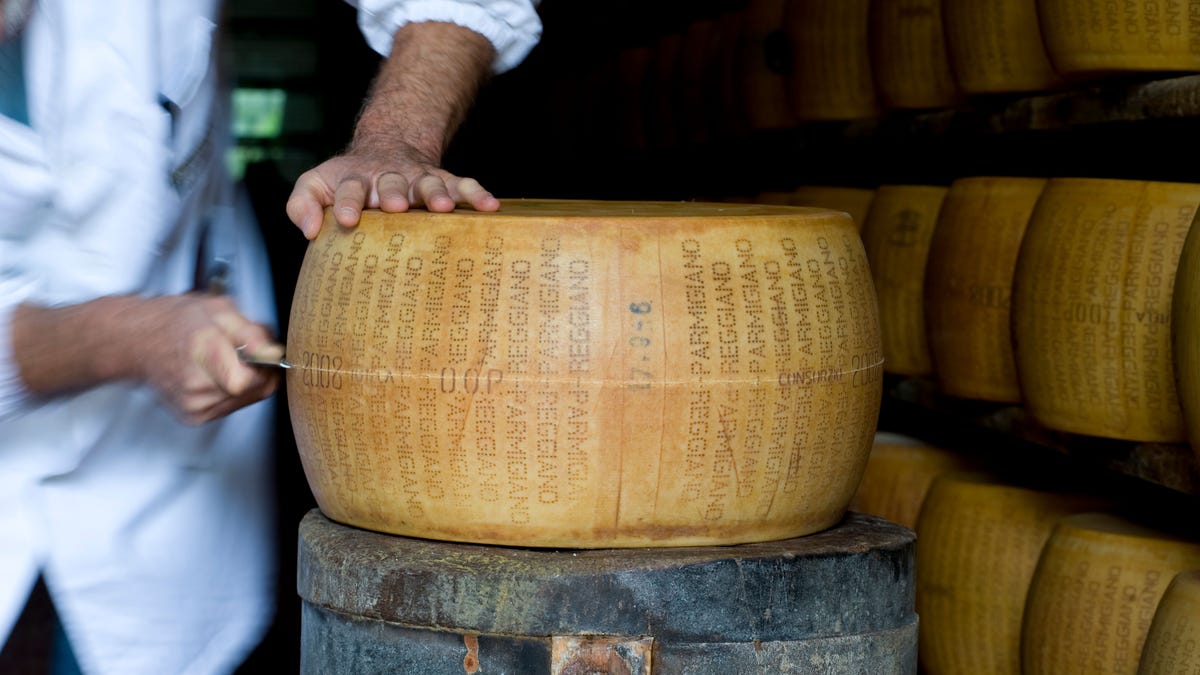Best Robot Vacuum of 2024

Each robot vacuum we consider for recommendation gets put through its paces in our test lab in Louisville, Kentucky. In addition to test floors where we run our controlled pickup tests, we monitor each robot vacuum in a special test room filled with mock furniture to gauge how well it navigates around common obstacles. Past that, we check each robot vacuum’s ability to gobble up pet hair without getting clogged or leaving loose strands behind, we consider mopping capabilities, and we check to see how well it navigates fake dog messes too.
Let’s dive a little deeper into the main considerations, starting with our performance tests.
Robot vacuum pickup power
When it comes to vacuuming prowess, we want to know how effective each robot is against common crumbs and other debris, and also how it fares against much smaller particles like dust, dirt and sand. To find out, we use dry, uncooked black rice as a stand-in for the crumbs and sand as an analog for finer particles.
In each case, we scatter a controlled amount across three test floors: low-pile carpet, midpile carpet and hardwood floors. Then, we take the robot vacuum, thoroughly empty its dust bin, send it to clean the affected area and finally measure the weight of whatever it managed to pick up. That gives us a pickup percentage of the full amount. From there, we repeat each run two more times and average the results.
Speaking of results, the graph above shows you how each cleaner we’ve tested over the past few years stacks up on hardwood floors. The iRobot Roomba Combo J7 Plus is our top-tested cleaner on that surface, picking up averages of 98% of crumbs and an extra-impressive 100% of sand. Right behind it is our top recommendation, the Dreametech DreameBot D10 Plus, which earned a close second-place finish on hardwood floors despite retailing for less than half as much as the top-finishing Roomba Combo J7 Plus.
Next up is low-pile carpet. Along with the fact that the orange bars are a lot shorter (vacuuming sand is a bigger challenge on carpets than on hardwood floors because of all the fibers the sand can cling to), note that the order of cleaners is different, with our top midrange pick, the Roborock S8, now leading the way. Different robot vacuums will have different strengths and weaknesses based on their designs, so our variety of tests helps us make recommendations that are as informed and well-rounded as possible.
Finally, our midpile carpet results. Neato cleaned up in this test, with the Neato D9 leading all of our CNET-tested cleaners overall and the less-expensive Neato D8 coming in third overall. In between them is the iRobot Roomba Combo J7 Plus in second place. As with the low-pile tests, note that most of the cleaners in the top half of the graph are all relatively close to one another — it isn’t until you get to the bottom of the pack that those bars really start to shrink. That’s good for you as a consumer, because it means that you’ve got a good variety of robot vacuums to choose from that all offer comparable cleaning capabilities across various price points.
One other reminder: These graphs cover the robot vacuums we’ve tested in the past few years. Robot vacuums we tested prior to that span used a slightly different test setup, so the data from those tests isn’t directly comparable. I’ve made sure to point out the past performers that are still good buys, most notably the iRobot Roomba S9 Plus, which did particularly well on midpile carpets and remains one of our top recommendations.
These overhead long exposure shots each show the trail of a Roborock S7 MaxV Ultra as it cleans our test room. We attach glow sticks to the top of the cleaner directly above the vacuum intake to get a sense of how much coverage the vacuum offers and how intelligently it navigates. In this case, the S7 MaxV Ultra is as thorough and consistent as robot vacuums get.
Robot vacuum navigation skills
Your robot vacuum will only clean your home as thoroughly as it’s capable of navigating it. The ideal cleaner will make easy work of finding its way from room to room and automatically avoiding obstacles along the way, all of which makes for proper, low-maintenance automated cleaning.
We make sure to observe each robot vacuum as it cleans to get a good sense of how well it navigates but to get the best comparison from cleaner to cleaner, we take overhead long exposure shots of each one as it cleans our darkened test room, with glow sticks attached to the top of each one directly above the vacuum intake. The images that result show us light trails that reveal the robot’s path as it navigates the room and cleans around our mock furniture.
Now, compare that to this next GIF, which shows you three runs from our top mopping pick, the iRobot Roomba Combo J7 Plus. Notice the difference? The Roomba was less effective at covering the entire room, missing the bottom-left corner in two out of three runs, and it had plenty of difficulty providing adequate coverage around the legs of that mock dining table, too.
In large part, it comes down to the tech at play. Over the years, we’ve consistently noted that robot vacuums that use laser-guided lidar navigation tend to be very good at mapping their environment and finding their way around. Meanwhile, 3D-mapping cameras with object recognition smarts can give robot vacuums the extra ability to identify and adapt to obstacles in their path. The Roborock S8 Pro Ultra uses both technologies, which helps explain why it performs so well here. Meanwhile, the Roomba relies on cameras and sensors alone, with lasers left out of the mix.
The iRobot Roomba J7 Plus delivered on its promise of steering clear of dog poop (fake or otherwise).
Still, those cameras definitely come in handy. Just watch the above GIF, which shows what happened when we put the iRobot Roomba J7 Plus to the test — specifically, its promise of identifying and avoiding pet waste. With a variety of (I assure you, fake) dog poop scattered about a small, enclosed test floor, the Roomba did its best to vacuum the area without touching any of them. It succeeded, never bumping into any of our disgusting-looking test turds at all.
The Samsung JetBot AI Plus consistently failed our solid pet waste test. In each run, it would eventually run over or push one of our dog poop models.
Now, compare that with the Samsung JetBot AI Plus, which also promises to use its cameras to spot and avoid pet droppings. The result was not great; in each test run, it would eventually bump into one of our test piles. Thank goodness they weren’t real.
Source: CNET















